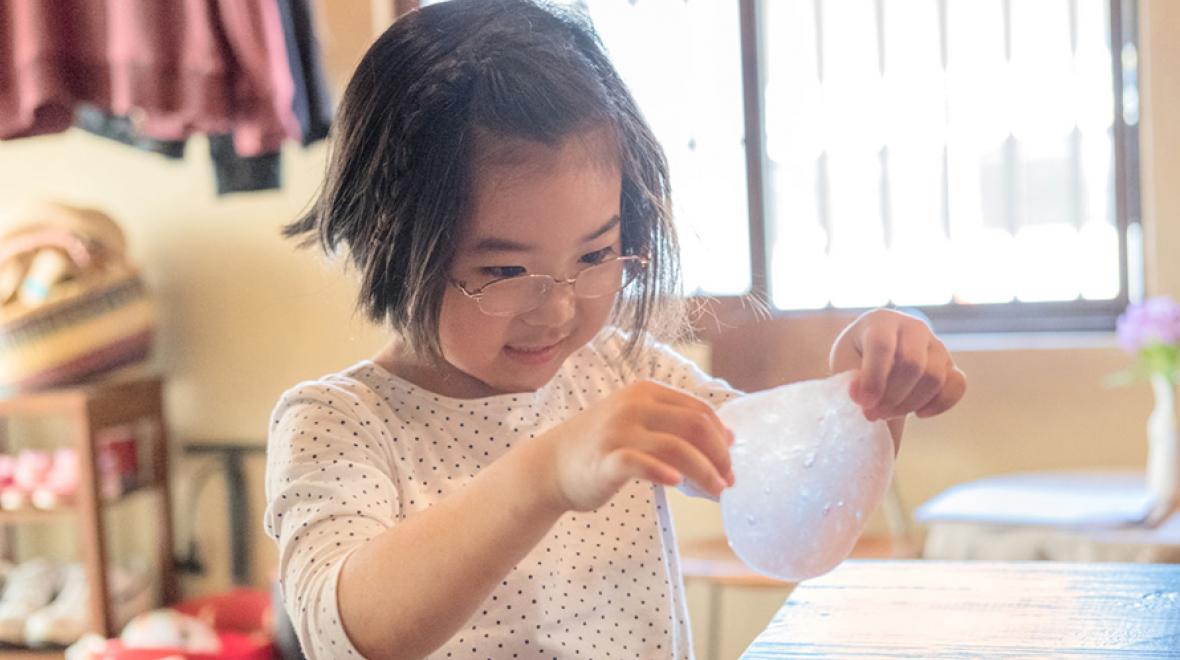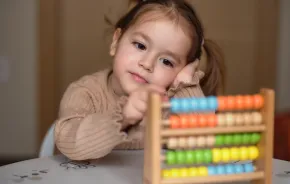
Tara Brouwer of Issaquah never planned on home schooling. She’d heard good things about local public schools and so, when the time came, she enrolled her son in kindergarten.
Because he had been diagnosed with autism, she met with the school’s psychologist, provided information about his learning style and did her best to ease his transition into school. Despite her son’s “quirks” — he preferred wearing pajamas to street clothes and carried a stuffed tiger wherever he went — she was optimistic.
But her son, who is now 8, didn’t get the support he needed to make progress, says Brouwer; she was told that he wouldn’t be eligible for special services until he fell two grade levels behind.
“He’d have to be a 7-year-old in kindergarten before he got any special help,” she says. After growing increasingly frustrated with the district’s policies, she pulled him from school. In doing so, she joined millions of other parents turned educators by switching to home schooling.
Brouwer knew little about home schooling, except that, as its name suggests, it involves teaching and learning primarily at home. But the image of mother and son cranking out schoolwork together at a lonely kitchen table faded quickly when Brouwer attended an informational meeting of the Eastside Homeschool PTSA.
Minorities represent the fastest-growing group of home-schoolers. About a third of those students have mental or physical disabilities.
There, she tapped into a vibrant network of options for those who wish to school outside the home. Today’s home-schoolers, she says, are increasingly connected via thriving communities both online and offline, and they’re learning in, yes, classrooms, at nontraditional schools.
Homeward bound
Per the U.S. Department of Education National Center for Education Statistics (NCES), the number of home-schooled students has more than doubled in the past eight years, from 850,000 in 1999 to about 1.8 million today. That’s about 3 percent of U.S. children, or approximately 35,000 of Washington’s school-age (defined by the department as kids ages 5–17) population.
The ranks of the home-schooled grow each year: Although home schooling’s popularity varies from state to state, the Salem, Oregon-based National Home Education Research Institute (NHERI) reports a 7 percent increase nationwide between 2007 and 2010.
So, who are the parents opting for home schooling? Most are white (68 percent), educated (68 percent of parents have at least some college education) and living in homes above the poverty threshold (80 percent), says the NHERI. They also live primarily in cities or suburbs (62 percent.)
Nine out of ten parents reported choosing home schooling because of dissatisfaction with the safety or environment at their local schools.
But this mostly white, mostly educated bunch isn’t as homogeneous as it seems. As home schooling’s popularity swells, so does its diversity. NHERI reports that about one-third of home schooling families are nonwhite, and minorities represent the fastest-growing group of home-schoolers. About a third of those students have mental or physical disabilities that make traditional school a poor fit.
They’re also not terribly religious, as stereotypes might suggest. In fact, parents are more likely to home-school for academic reasons than for religious ones. Although many (77 percent) cite a desire to provide their children with moral instruction, just 17 percent cite religion as the most important factor in their decision to home-school. Instead, 9 out of 10 parents reported choosing home schooling because of dissatisfaction with the safety or environment at their local schools.
Nearly three-quarters are dissatisfied with the quality of academic instruction available elsewhere, and their inkling that home schooling could give their child an academic edge might be well founded: The College Board reports that the average SAT scores of “independent” students (those taught outside of public or religious schools) are higher than the national average in all three sections of the test (critical reading, math and writing).
Remote home schooling
That parents are seeking better instruction and a safer environment for their kids may not be shocking. What’s more surprising is how much home schooling either takes place or originates outside of the home. According to the NCES, nearly half of home-schoolers take classes offered by a home-schooling co-op or other organization. Public or private school education resources are used by 13 percent and 17 percent respectively, and 77 percent take part in online schooling.
The Seattle Homeschool Group’s 2017 resource directory lists 36 home-school “enrichment programs” offering classes or alternative schooling to home-schoolers in King, Pierce and Snohomish counties. Four are online “virtual” schools, such as Columbia Virtual Academy. The rest are programs offering live classes, many in a classroom.
 The Eastside Homeschool PTSA attended by Brouwer’s son is one such group. On Mondays and Fridays, the Eastside Homeschool PTSA typically offers 35 in-person classes at the Jubilee REACH Center in Bellevue. Many students take four courses each day with a lunch break in the middle.
The Eastside Homeschool PTSA attended by Brouwer’s son is one such group. On Mondays and Fridays, the Eastside Homeschool PTSA typically offers 35 in-person classes at the Jubilee REACH Center in Bellevue. Many students take four courses each day with a lunch break in the middle.
Eighty-five percent of the courses are led by parents, with outside instructors filling out the teaching roster, says Amber Sterland, parent of three Eastside Homeschool PTSA students. A former midwife, she will teach chemistry, anatomy and physiology during the upcoming school year. Other classes offered include drama, physical education, math and robotics; Brouwer will teach history and compositional writing. Families chip in $100 in annual dues in addition to $6–$11 for each enrolled class.
Although these programs are designed to support, not replace, home-based instruction, they can lend confidence to parents who feel isolated or overwhelmed by home schooling alone. They also make home schooling possible for parents who need to balance home schooling and work, says Lyn Tapia of Tacoma.
Tapia, who works full-time in a medical office, has two elementary-age children in the free hConnect home-school program at Olympia Regional Learning Academy (ORLA). Her children attend classes in Olympia three days per week; friends and family members provide carpooling and stay on campus with the kids during school (an hConnect requirement).
The hConnect program provides “a wonderful middle ground” between home-school and traditional school, says Tapia. Before ORLA, she schooled both children at home and attended various local home-school meet-ups. The unpredictable schedule made it hard to gel with a group of peers, she said.
“Our old schedule provided so many opportunities for socializing, but it wasn’t predictable. The kids had a hard time not knowing who would be coming to certain events. At ORLA, they know who they’ll see in class each day.” The result, she says, is a well-rounded peer group with kids of various ages.
Enrichment programs can also provide enough flexibility for families that travel often, like Amber Sterland’s family. With their frequent visits to family overseas, traditional school wouldn’t work, Sterland says. “This offers us that flexibility to stay on track for grade level, and provides enriching experiences.”
At the Eastside Homeschool PTSA and in other such communities, kids and parents know one another; the vibe is supportive and accepting, says Brouwer. She, like many home-schooling parents, is eager to retire the myth of the lonely, unsocialized home-schooled kid.
“It’s the one thing we hear most often,” she says. “When we’re out on a weekday, people will say to my son, ‘You must be so lonely at home all day.’ I always want to say, ‘We’re not at home right now!’”











